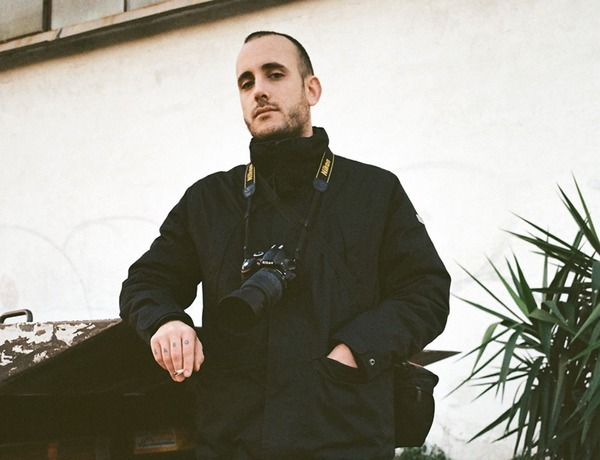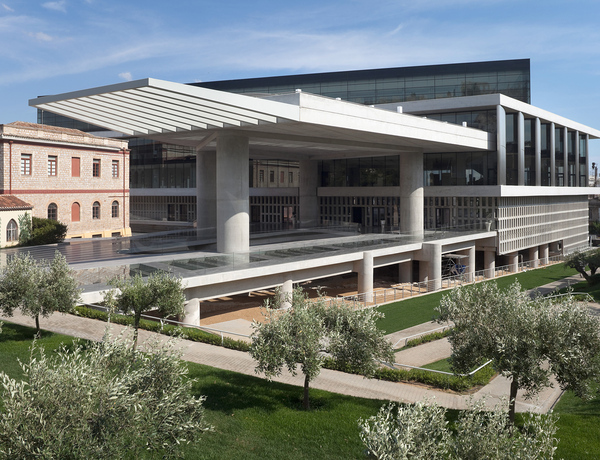
The Odeon of Herodes Atticus is an ancient amphitheater located on the southwestern slope of the Acropolis in Athens, Greece. It was built in 161 AD by the wealthy Roman Herodes Atticus in memory of his wife, and it was used for music concerts, theatrical performances, and other cultural events.
The Odeon of Herodes Atticus is a beautiful and well-preserved example of Roman-era architecture. It has a semi-circular shape with a diameter of 80 meters, and it could seat up to 5,000 spectators. The theater was built using white Pentelic marble, and it was covered by a wooden roof that has since been lost to time.
In ancient times, the Odeon of Herodes Atticus was one of the most prestigious venues for musical and theatrical performances in Athens. It hosted many famous performers, including the Greek composer Mikis Theodorakis, the Spanish tenor Placido Domingo, and the American singer Frank Sinatra.
Today, the Odeon of Herodes Atticus is still used as a venue for cultural events, especially during the summer months when the Athens Festival takes place. The theater’s impressive acoustics and beautiful setting make it a popular destination for music and theater lovers from all over the world.
Website
odysseus.culture.gr
odysseus.culture.gr





